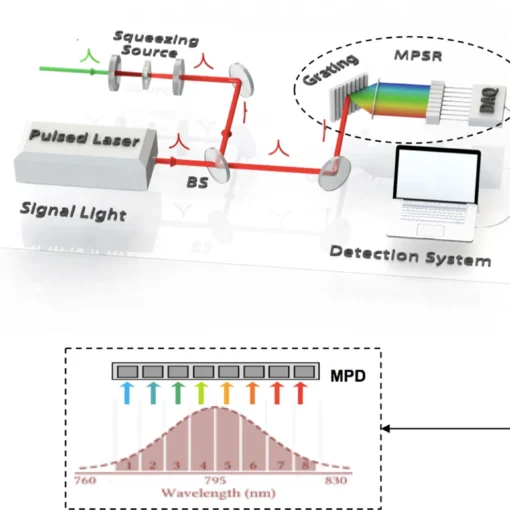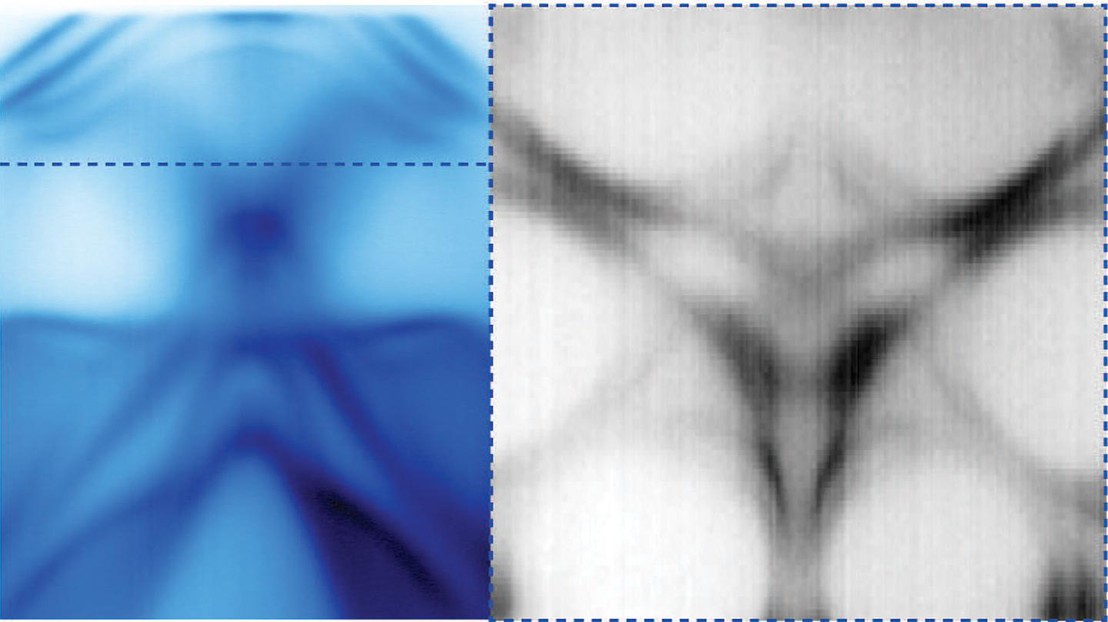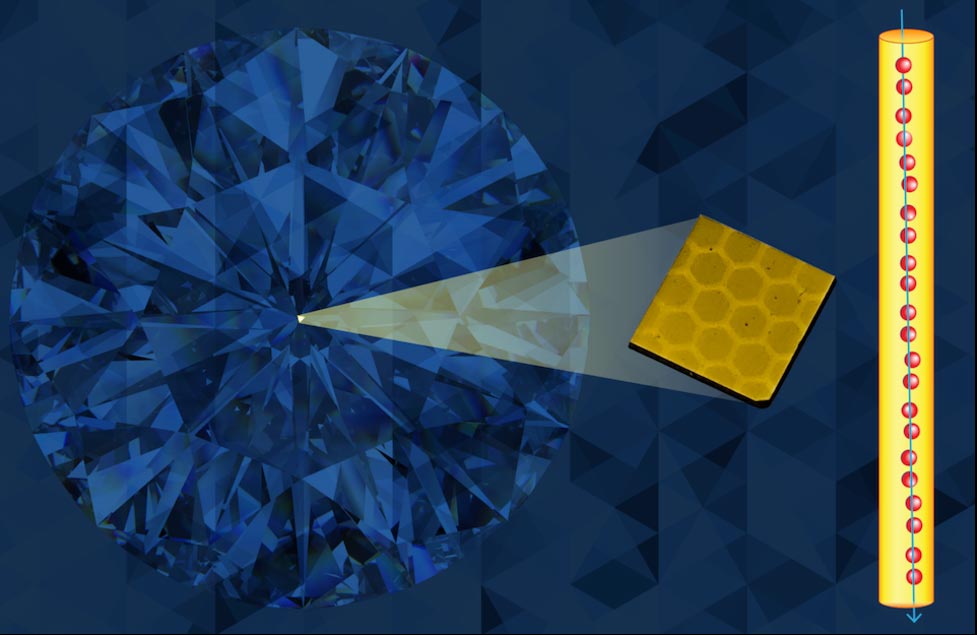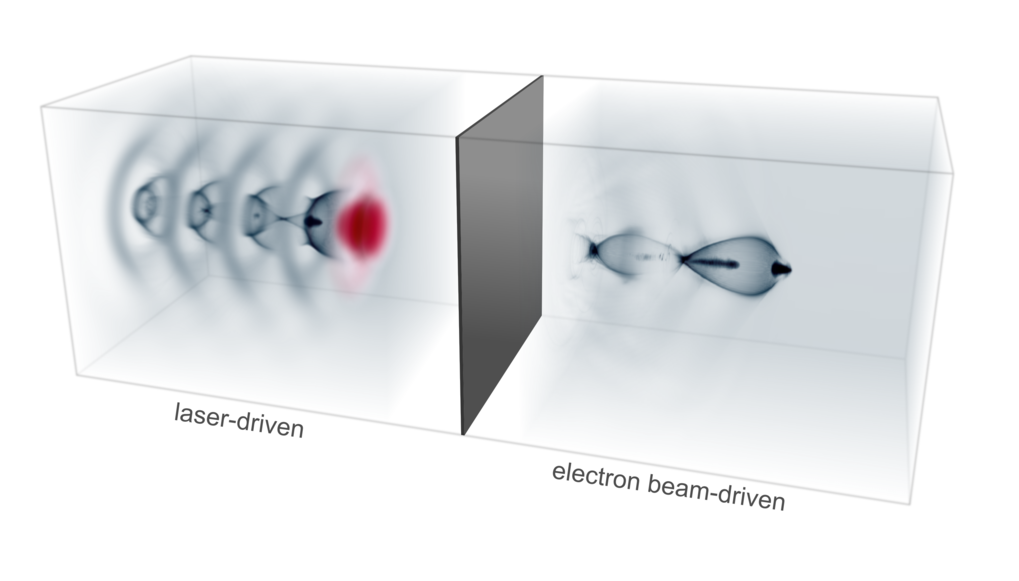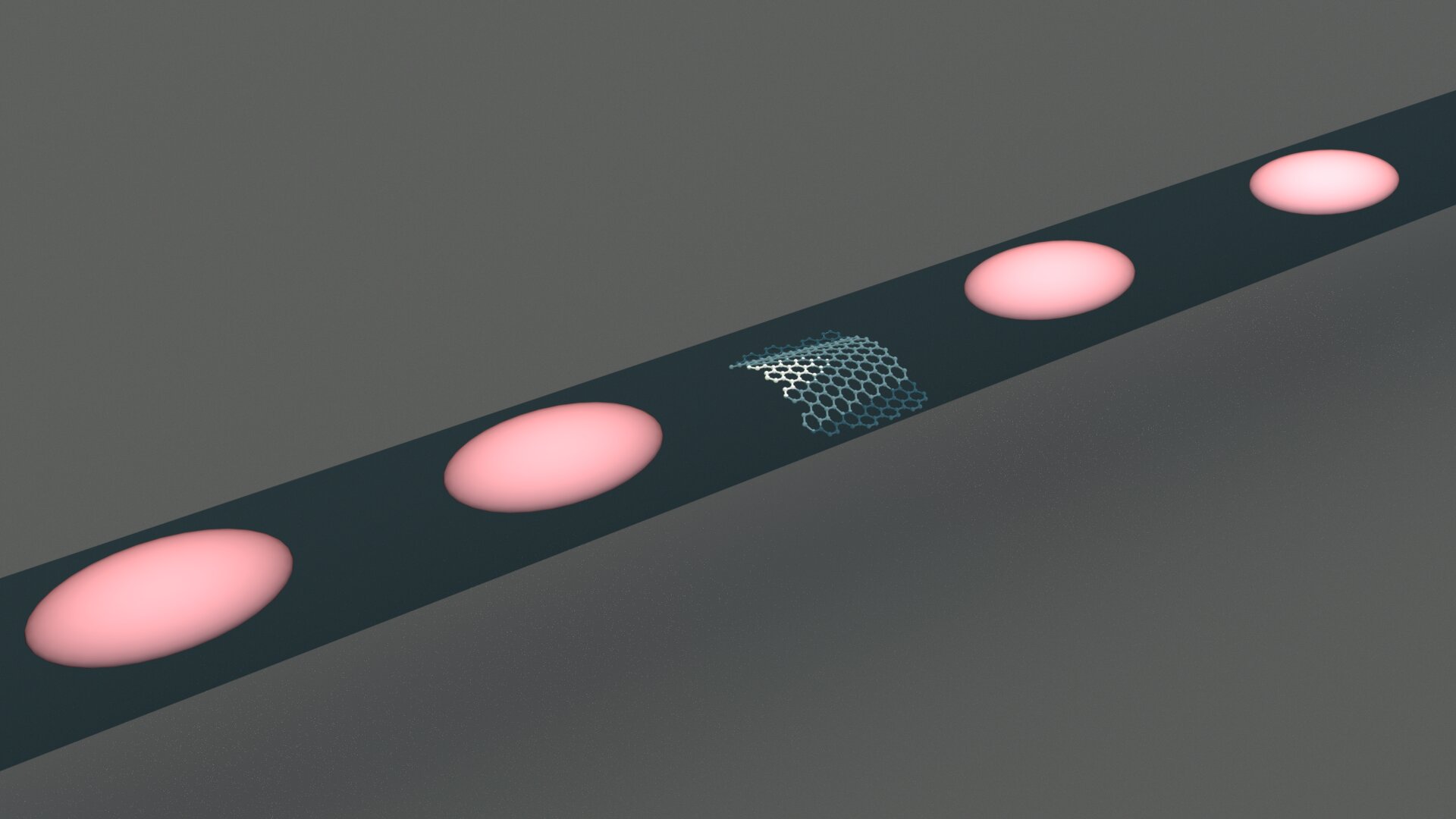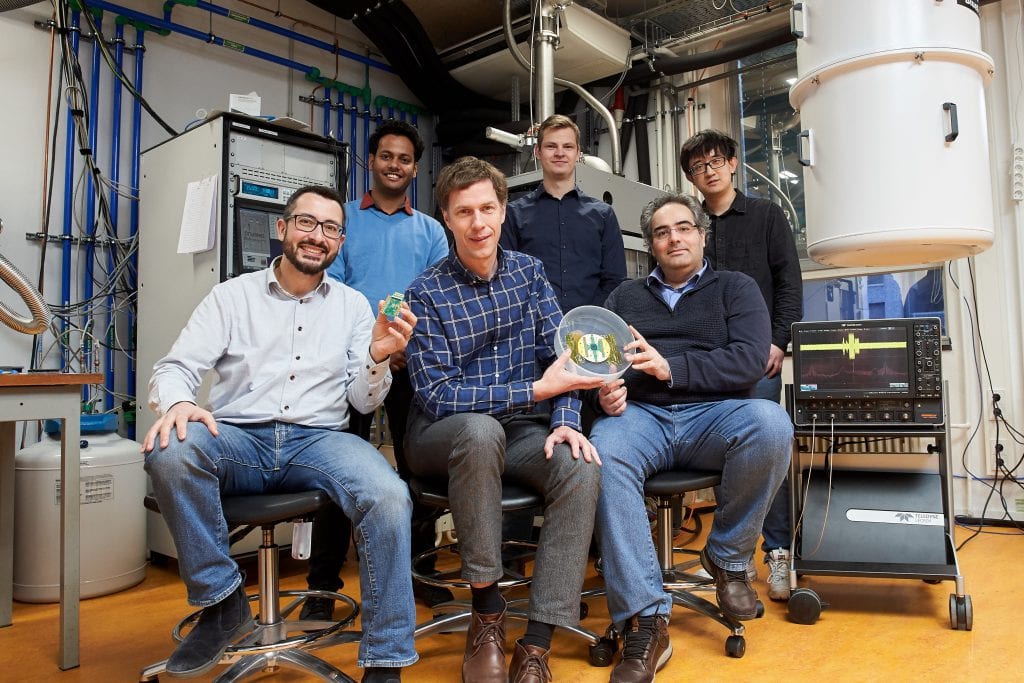Harmonious electronic structure leads to enhanced quantum materials
Researchers have discovered a new mechanism in magnetic compounds that couples multiple topological bands. The coupling can significantly enhance the effects of quantum phenomena. Read More Quantum Computers News — ScienceDaily



